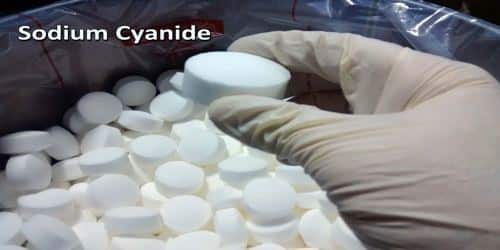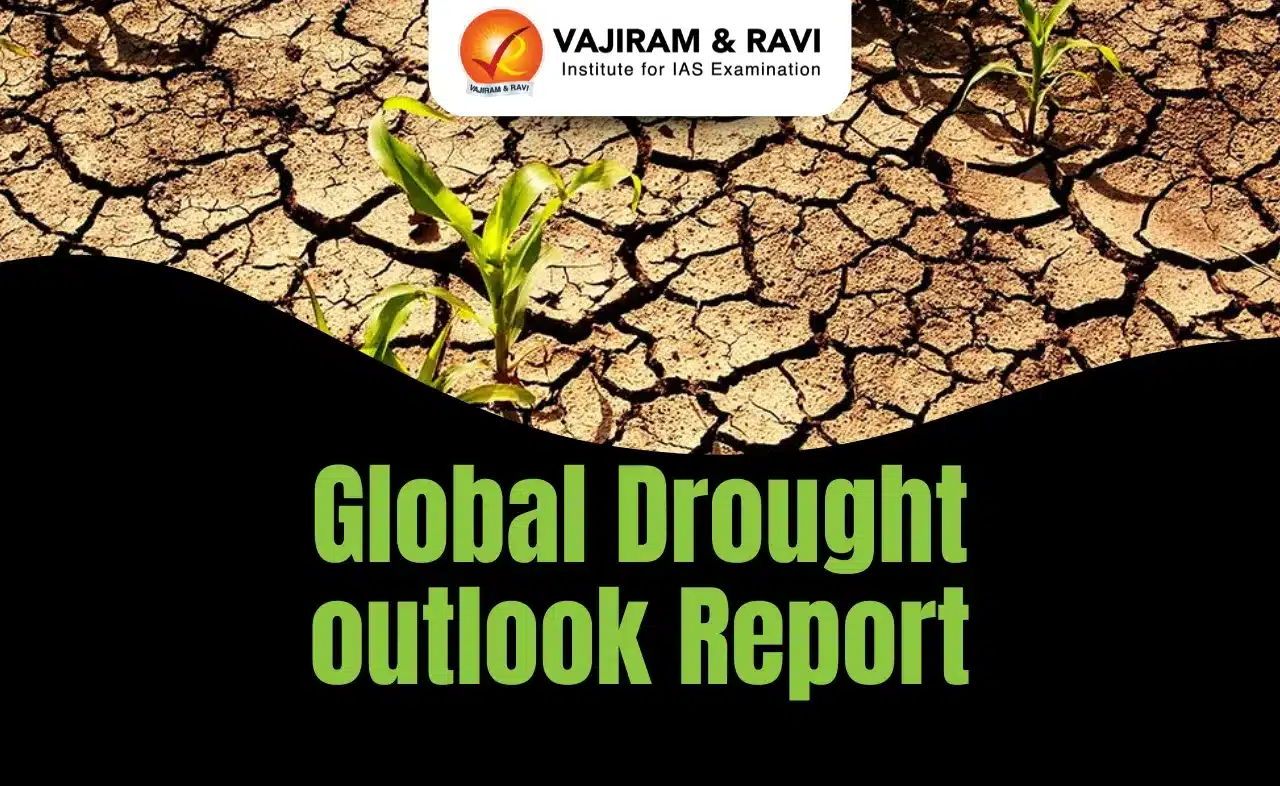Why in news?
- An application has been filed by Hindusthan Chemical Company and United Phosphorous Ltd for the probe and the imposition of appropriate anti-dumping duty on imports from these nations.
- The Union commerce ministry’s investigation arm Directorate General of Trade Remedies (DGTR) is probing the alleged dumping of the cyanide originating in or exported from China, the European Union, Japan and Korea.
Key facts about Sodium cyanide
- Sodium cyanide appears as a white crystalline solid, lump solid or powder.
- It contains equal numbers of sodium cations and cyanide anions.
- It is used as an insecticide, a test reagent for the function of chemoreceptors, and in many industrial processes.
- It is also used for the extraction of gold and silver from their respective ores, dyes, pigments, and bulk drugs.
What Is an Anti-Dumping Duty?
- An anti-dumping duty is a protectionist tariff that a domestic government imposes on foreign imports that it believes are priced below fair market value.
- Dumping is a process wherein a company exports a product at a price that is significantly lower than the price it normally charges in its home (or its domestic) market.
- It is recommended by the Directorate General of Trade Remedies (DGTR) and the Ministry of Finance within three months of its recommendation imposes/levies such duty.
What is the countervailing duty?
- Countervailing duties or CVDs are tariffs on imported goods that are imposed to offset subsidies given by the exporting country’s government.
- It is a special measure used to neutralize the negative effects that subsidies for the production of a good in one country have on that same industry in another country, in which the production of that good is not subsidized.
- While the Department of Commerce recommends the CVD, the Department of Revenue in the finance ministry acts upon the recommendation within three months and imposes such duties.
What is the difference between countervailing duty (CVD) v/s Anti-dumping duty (AD)?
- AD is imposed to prevent low-priced foreign goods from damaging the local market. On the other hand, CVD will apply to foreign products that have enjoyed government subsidies, which eventually leads to very low prices.
- While the AD duty amount depends on the margin of dumping, the CVD amount will completely depend upon the subsidy value of the foreign goods.
Q1) What is Cyanide?
Cyanide is a rapidly acting, potentially deadly chemical that interferes with the body’s ability to use oxygen. It can be a colorless gas or liquid, such as hydrogen cyanide (HCN) or cyanogen chloride (CNCl).
Source: India initiates anti-dumping probe into import of sodium cyanide from China, EU, Japan, Korea
Last updated on June, 2025
→ UPSC Notification 2025 was released on 22nd January 2025.
→ UPSC Prelims Result 2025 is out now for the CSE held on 25 May 2025.
→ UPSC Prelims Question Paper 2025 and Unofficial Prelims Answer Key 2025 are available now.
→ UPSC Calendar 2026 is released on 15th May, 2025.
→ The UPSC Vacancy 2025 were released 1129, out of which 979 were for UPSC CSE and remaining 150 are for UPSC IFoS.
→ UPSC Mains 2025 will be conducted on 22nd August 2025.
→ UPSC Prelims 2026 will be conducted on 24th May, 2026 & UPSC Mains 2026 will be conducted on 21st August 2026.
→ The UPSC Selection Process is of 3 stages-Prelims, Mains and Interview.
→ UPSC Result 2024 is released with latest UPSC Marksheet 2024. Check Now!
→ UPSC Toppers List 2024 is released now. Shakti Dubey is UPSC AIR 1 2024 Topper.
→ Also check Best IAS Coaching in Delhi
























